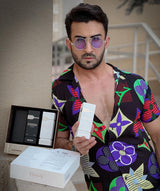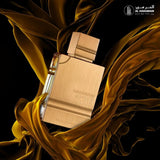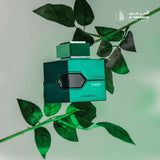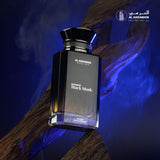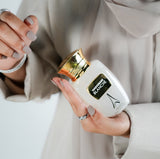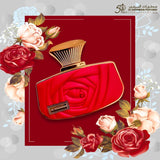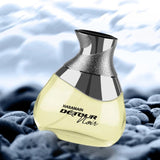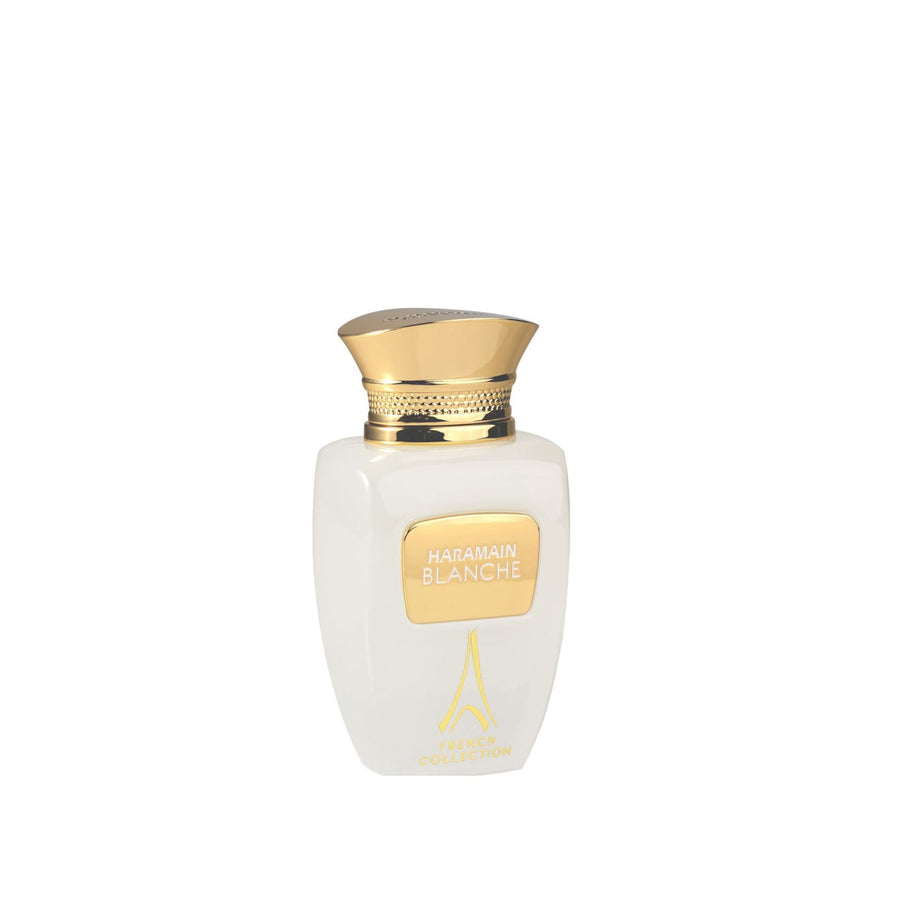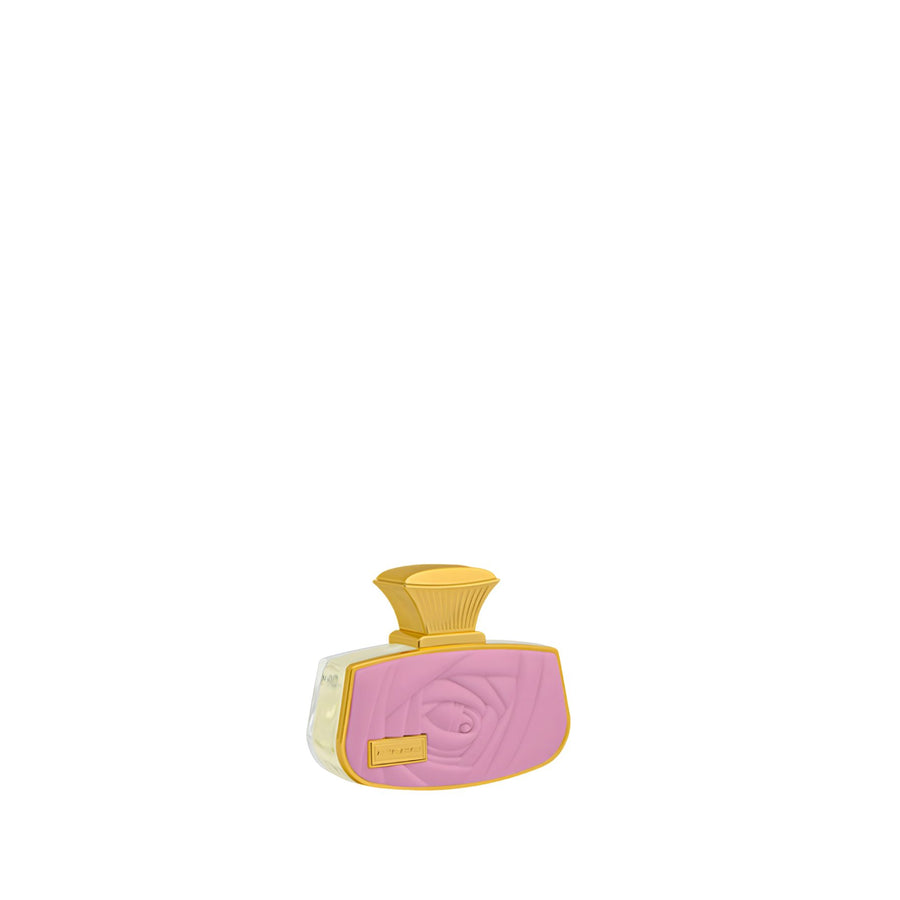Perfume is more than just a pleasant scent—it’s a masterpiece of art and science. For centuries, perfumers have combined creativity, precision, and innovation to craft fragrances that captivate the senses. But how is perfume made? What goes into creating the luxurious scents we love? From the selection of raw materials to the final packaging, the process is as intricate as it is fascinating. Here are 12 interesting facts about how perfume is made and the secrets behind its creation.
1. The Core Ingredients of Perfume
At the heart of every perfume are its core ingredients, which can be natural, synthetic, or a blend of both. Natural ingredients include essential oils extracted from flowers, fruits, leaves, and roots. Popular choices include rose, lavender, and citrus peels. Synthetic ingredients, on the other hand, are created in labs to replicate rare or endangered scents, such as musk, ensuring sustainability and consistency.
Fixatives like resins or ambergris are added to stabilize the fragrance, while alcohol acts as a base to dilute the oils and enhance the perfume’s projection. Water is sometimes added to adjust the concentration, determining whether the final product is an eau de parfum, eau de toilette, or cologne.

2. The Art of Fragrance Extraction
Extracting scents from raw materials is a delicate process that requires expertise. Different methods are used depending on the source material:
-
Distillation: Commonly used for flowers and herbs, this method involves heating the plant material to release essential oils.
-
Expression: Cold-pressing is used for citrus fruits to extract oils from their peels.
-
Solvent Extraction: Ideal for delicate flowers like jasmine, this method preserves their aromatic compounds without altering their integrity.
-
Enfleurage: A traditional technique where flower petals are layered on fat-coated glass plates to absorb their fragrance. Though rarely used today, it showcases the ingenuity of early perfumers.
-
Supercritical CO₂ Extraction: A modern method that uses advanced technology for precise extraction.
3. The Fragrance Pyramid: A Perfume’s Blueprint
Perfumes are designed with a structure known as the “fragrance pyramid,” which consists of three layers:
-
Top Notes: The first impression of a perfume, often light and fresh, featuring citrus or herbal aromas. These last about 15 minutes.
-
Middle Notes: The heart of the fragrance, typically floral or spicy, which develop as the top notes fade.
-
Base Notes: Rich, long-lasting scents like vanilla, sandalwood, or amber that linger for hours.
This layered structure allows perfumes to evolve over time, creating a dynamic and complex sensory experience.

4. Blending and Formulation: Where Creativity Shines
The blending process is where perfumers, often called “noses,” showcase their creativity. They experiment with countless combinations to achieve the perfect balance of notes. This process can take weeks or even years, as perfumers learn how different scents interact—how citrus brightens woody tones, or how florals soften spicier notes.
Testing is also crucial. Perfumers apply the fragrance to blotter strips or skin to see how it reacts with body chemistry. This ensures the scent performs as intended, whether on a blotter or when worn.
5. Aging and Maturation: Perfecting the Scent
Like fine wine, perfumes need time to mature. After blending, the fragrance mixture rests in stainless steel or glass tanks for several weeks to months. This aging process allows the notes to meld, enhancing the scent’s complexity and ensuring a refined finish. Some luxury perfumes are aged for years to achieve their unique richness and depth.
6. The Role of Packaging
Perfume packaging is more than just aesthetics—it’s functional. Glass bottles are designed to reflect the scent’s personality while protecting it from sunlight and air exposure. Many iconic perfume bottles are works of art, combining functionality with stunning design. Some brands even collaborate with artists to create limited-edition bottles, turning perfumes into collector’s items.

7. Sustainability in Perfumery
The perfume industry is increasingly embracing sustainable practices. Brands are adopting eco-friendly packaging, ethical sourcing, and synthetic alternatives to rare natural resources. For example, some perfumeries use responsibly sourced plants from botanical gardens and recyclable packaging to reduce waste.
Water conservation is also a priority. Growing raw materials like flowers and herbs requires significant water resources, so many perfumeries are investing in efficient agricultural practices. Some have even developed waterless perfumes to address environmental concerns.
8. The Impact of Technology
Technology has revolutionized the perfume industry. Methods like gas chromatography allow perfumers to analyze the molecular composition of scents, enabling them to recreate natural fragrances with incredible accuracy.
Artificial intelligence (AI) is also making waves. Perfumers use AI to predict how different notes will interact, speeding up the formulation process. AI tools can even suggest new combinations based on trends and customer preferences, helping brands create innovative fragrances that resonate with their audiences.

9. The History of Perfume
Perfume has a rich history dating back thousands of years. The oldest known perfume recipe comes from Ancient Egypt, where oils and spices were blended for religious ceremonies. Historical figures like Cleopatra were known for their signature scents, which played a role in their legendary appeal.
In 17th-century France, perfume became a status symbol, used to mask unpleasant odors in courtly settings. Today, perfume remains a symbol of luxury and personal expression.
10. Rare and Luxurious Ingredients
Some perfume ingredients are incredibly rare and expensive. Oud and agarwood, for example, can cost thousands of dollars per kilogram. These luxurious materials are prized for their unique and complex scents, making them a true indulgence for fragrance enthusiasts.
11. The Science of Scent
Creating perfume is as much a science as it is an art. Perfumers must understand the chemical properties of each ingredient and how they interact. This knowledge allows them to create fragrances that are not only beautiful but also stable and long-lasting.
12. The Future of Perfumery
The perfume industry continues to evolve, blending tradition with innovation. Advances in technology, sustainability, and ingredient sourcing are shaping the future of fragrances. As consumer preferences shift toward eco-conscious and personalized products, perfumers are rising to the challenge, creating scents that are both luxurious and responsible.
Conclusion: The Magic of Perfume Creation
The process of making perfume is a fascinating blend of art, science, and tradition. From the careful selection of ingredients to the intricate blending and aging processes, every step is a testament to the skill and creativity of perfumers. Whether you’re drawn to floral, spicy, or woody notes, understanding the craftsmanship behind your favorite scents adds a new layer of appreciation.

Explore the world of perfumes and discover the perfect fragrance that resonates with your unique style. With so many options available, there’s a scent out there for everyone.

